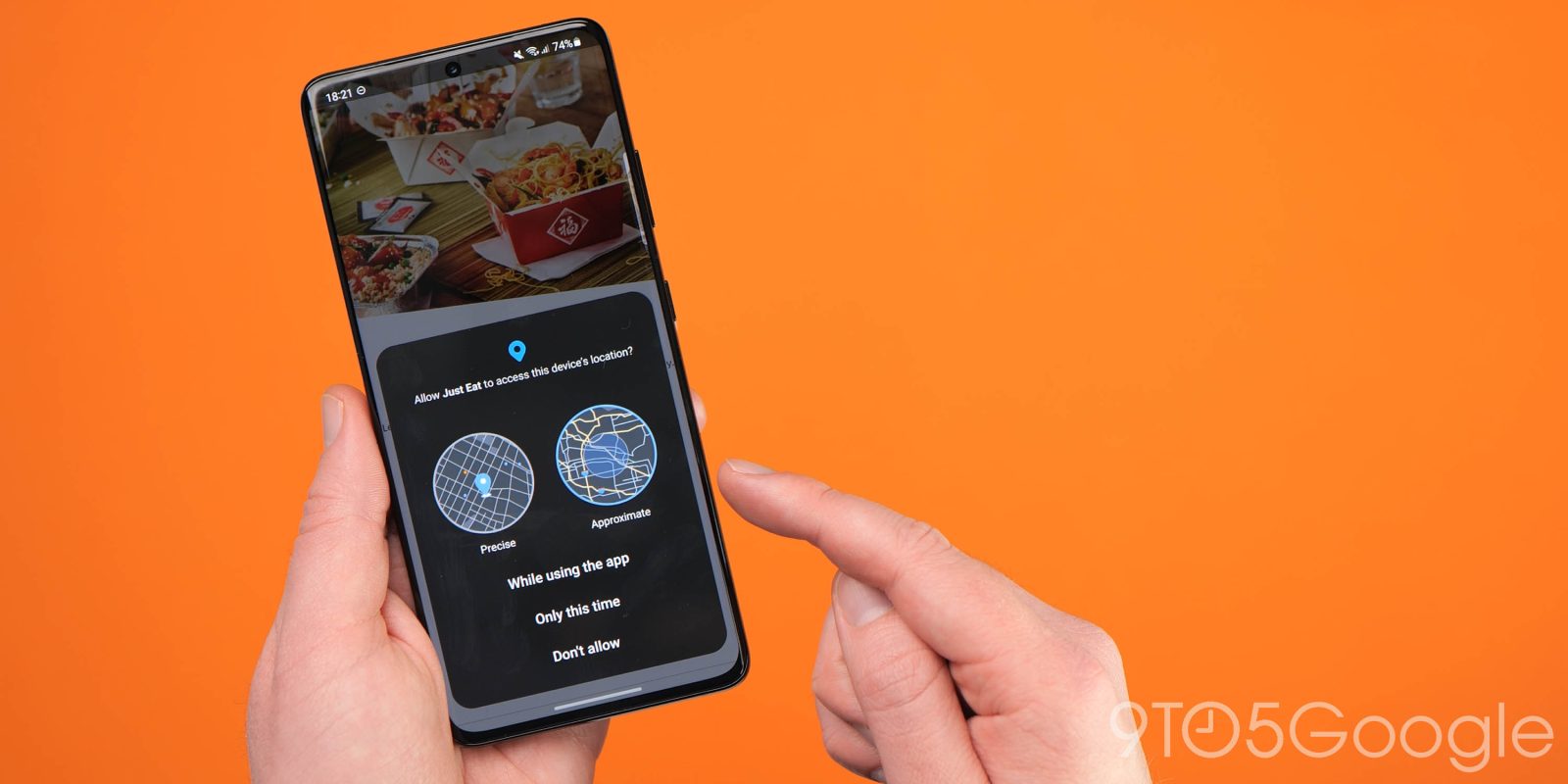
Getting the most from your smartphone can be a confusing and frustrating, but with just a few taps or tweaks, you can enable some settings to eke a little more from your Android.
It’s important to note that just enabling some settings on your Android smartphone will not turn it into a powerhouse or restore an older device to its former glory. That said, it could improve your daily experience and give you a little extra control in areas you didn’t know you had.
All of the features and settings within this beginner’s guide can be enabled on almost every Android phone on the market. However, there may be exceptions, such as a feature being enabled by default. In those instances, we have noted so that you know just why something isn’t available on your device.
Overview
Video — 10 settings to immediately enable on your Android phone
Subscribe to 9to5Google on YouTube for more videos
Enable Developer options

It’s a bit unfair to suggest activating Developer options as one of the settings that you must “immediately enable” on your Android phone, but think of this as opening a door to yet more control over your device. Unless you have restored your phone from a backup that previously had Developer options enabled, then you will have to manually do so with each and every Android device you own.
To get access just head to Settings > About phone > Tap “Build number” seven times > Enter PIN or pattern. If you’re wondering where the wider Developer options or Developer mode is, just head to Settings > System > Developer options. From here you can make adjustments to allow OEM unlocking and access more fun tools for device customization and tweaking.
Manually set your display to the maximum refresh rate
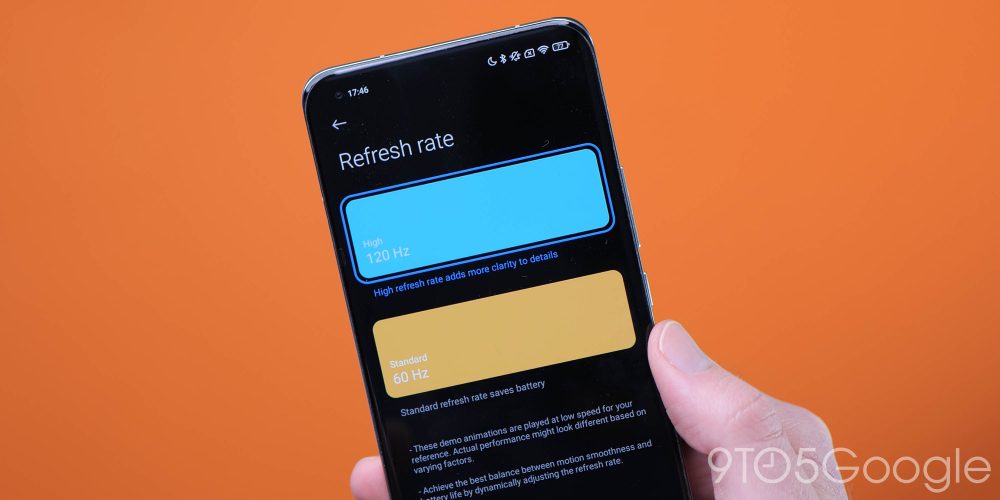
Even if your smartphone has a high refresh rate mode at 90/120 or even 144Hz, some people do not even realize that your display might not be tuned to those levels out of the box. Many smartphone makers leave screen refresh rate at a default 60Hz. This might be beneficial for long-term battery life, but when you’re told your phone has a higher refresh rate, it can be annoying.
You’ll need to manually enable the high refresh rate on your Android phone by delving into the settings menu. This can vary from manufacturer to manufacturer, but it tends to be in the same areas on most phones. Head to Settings > Display > Smooth display/Screen refresh rate/Refresh rate or Motion smoothness. From here, you should be able to set the screen refresh rate to the maximum setting.
On some devices such as the Google Pixel series, you can also force enable the maximum refresh rate setting from within Android’s Developer options menu. Head to Settings > System > Developer options > Force peak refresh rate. This ensures that your phone will stay at 90/120/144Hz constantly but may affect battery life.
Find my Phone
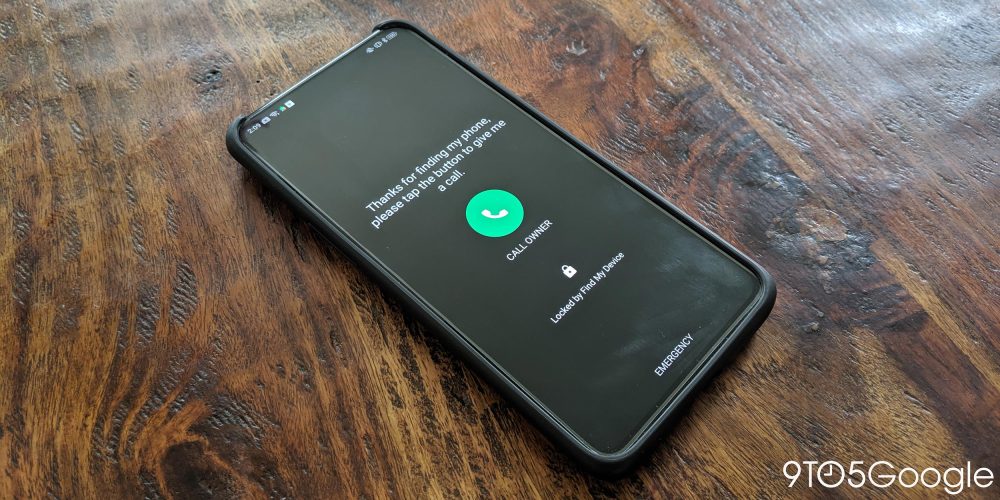
Losing your smartphone can be one of the most stressful experiences possible. It’s why you should 100% enable the Find my Device feature by downloading the application from the Google Play Store and logging in to your account. This app is sometimes already enabled or pre-installed on certain phones but we recommend following this step regardless as this means you’re sure the features is active.
After you have logged in, you’ll be able to see any and all of your devices linked to your Google Account. You can see the last known location, play a sound to help locate it or even secure and erase your phone if you did happen to lose it and are worried about your on-device content and privacy.
What’s more, you can go to android.com/find to keep track of all devices linked to your account and access those added controls.
Reading mode
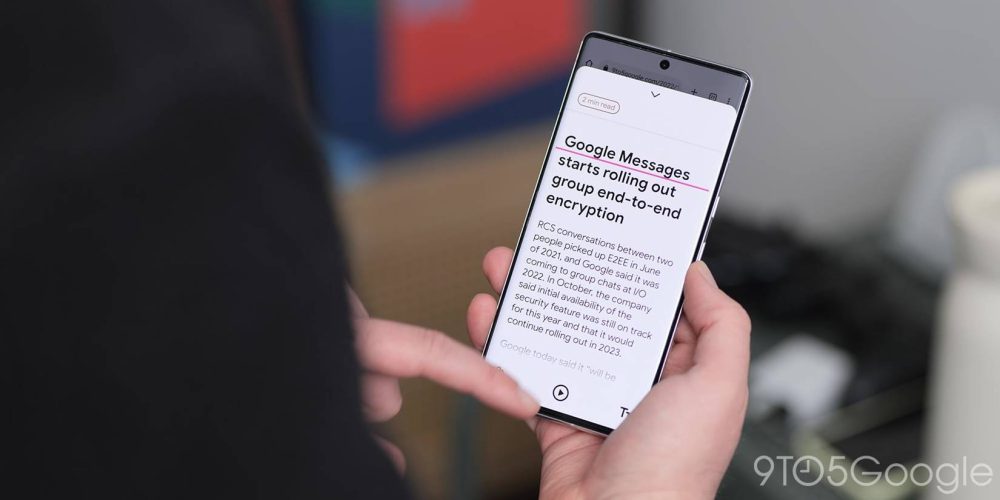
As part of a wider Android system update for late-2022, Google has added a neat Reading mode option for those that want to use it. You will need to download this from the Play Store, but it does plug in to your device with added functionality for phones running Android 9 or higher.
Once you have installed the app, just open it up and follow the tutorial. This lets you enable a floating on-screen shortcut that is capable of turning web pages and even certain apps into distraction-free text panels. As an accessibility mode, Contrast, text size, font style, and text-to-speech can be enabled with further speed controls, for this read-aloud function can be fully adjusted. You’re able to rewind, fast-forward, and tune the reader voice as you see fit, which makes things easier to digest or manage.
Install unknown apps
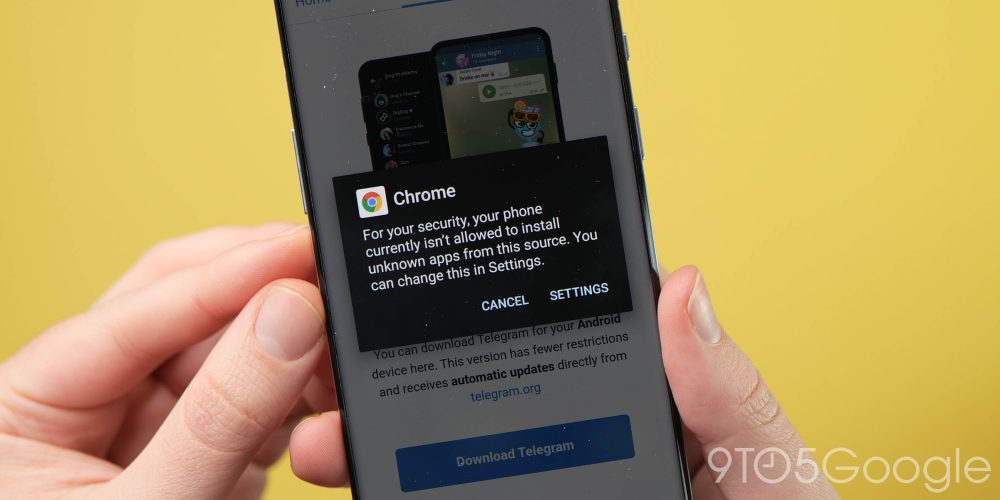
Not every app needs to come from the Play Store and not all apps from outside of Google official storefront are nefarious. Some popular apps third-party launchers such as Lawnchair require extra plug-ins to get the “full” experience. That often means that you need to grab an APK file from an outside source and, in turn, enable the unknown app installation setting on your Android device.
Android lets you control just which apps can install unknown apps but it’s important to only get APK files from reputable or trustworthy sources. That might sound obvious, but there are numerous online repositories that may not be responsible. Normally you’ll get apps from a web browser, but this will work with any app on your device. Head to Settings > Apps > Chrome/app > Install unknown apps > Enable. Alternatively, you may see a pop-up when tapping the downloaded APK prompting you to enable the setting to install an application.
Night light/Night mode
We spend an inordinate amount of time each day looking at screens and, especially, our smartphones. Alongside the Dark mode, Android has built-in night light or eye comfort mode settings that you should enable, in part, to help reduce eye strain when viewing your phone late into the evening.
This reduces the intensity of blue light which is said to disrupt sleep patterns and in some cases can cause permanent vision changes. Because of that, we suggest enabling this if you are someone that uses your phone until the early hours every day.
To enable head to Settings > Display > Night light > Tap to enter. From here you can adjust the intensity of the effect while also creating regular schedules for the mode to activate and then deactivate each day.
Nearby share
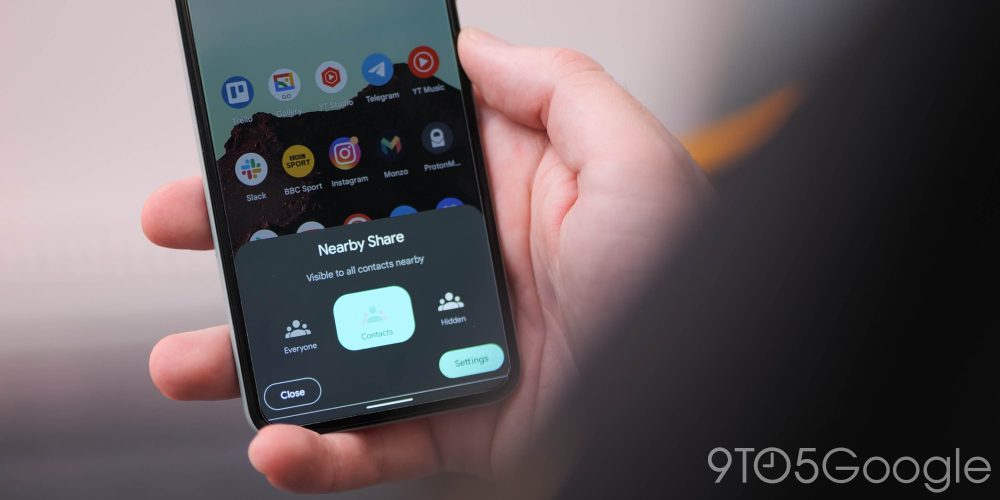
Apple fans do have the fantastic AirDrop to share files quickly from phone-to-phone or phone-to-Mac, but on Android, we have Nearby Share. It’s not quite as extensive, but it’s a seamless way to send files from one device to another. It’s also available to every single phone or tablet running Android 6.0 or higher and just needs to be enabled.
Open Settings > Google > Devices and sharing > Nearby Share > Enable. From here, you can tweak the settings for the Nearby Share feature such as your device name, the Google account you wish to be linked to, and device visibility.
Power button instantly locks

There are times when you want to lock your phone instantly and other times when you are happy to leave it unlocked — like when at home. Although this feature is activated by default on most phones, it’s something you might want to adjust on your Google Pixel for greater flexibility.
Head to Settings > Security > Screen lock > Power button instantly locks and enable or disable. With this setting disabled, your Android phone will take a few seconds before “fully” locking. That means you have a short window where tapping or accessing your phone does not require any PIN, pattern or biometric information. Enabling just keeps things as they were previously and locking as soon as the power button is pressed.
Increase touch sensitivity
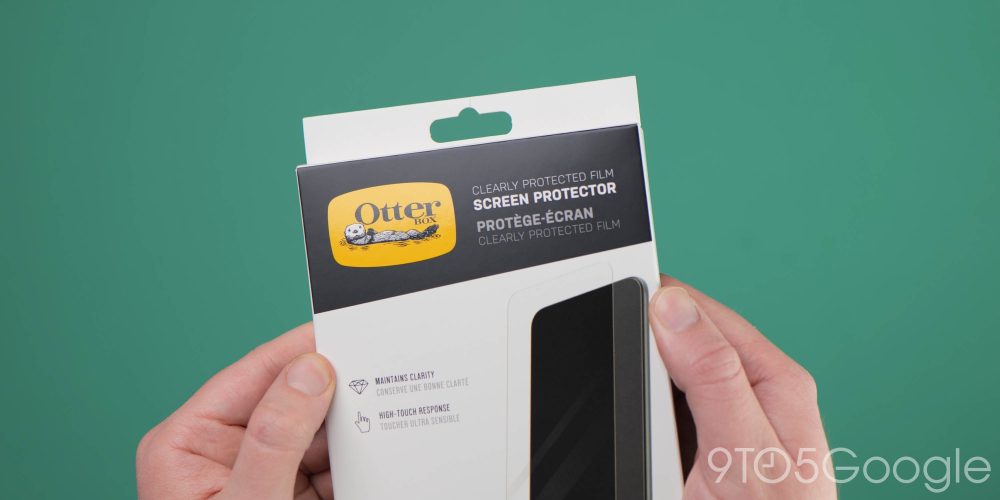
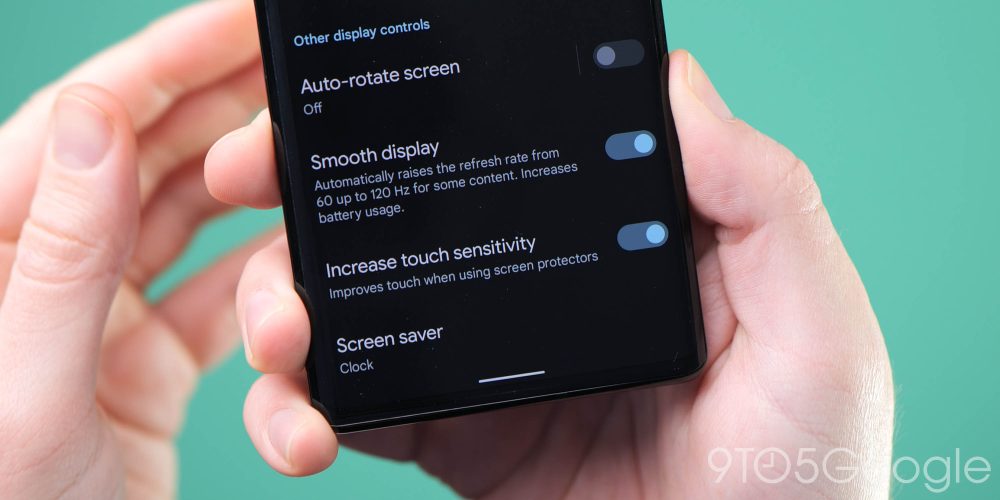
As smartphones have ballooned in cost, people are understandably going to great lengths to keep them protected. You might have a screen protector applied to your phone, but this can reduce the responsiveness of your smartphone display. It’s also useful if you live in a country where you might wear gloves while using your smartphone.
To enable, open Settings > Display > Increase touch sensitivity. It’s important to note that while this feature does help, it might not resolve major display issues you may experience. This is often dependent on the structure and texture of screen protectors.
What Android settings do you immediately enable on your device?
We want to know just what settings o settings you simply have to enable right away on your Android phone. Is there something you literally cannot live without? Let us know down in the comments section below.
FTC: We use income earning auto affiliate links. More.






Comments